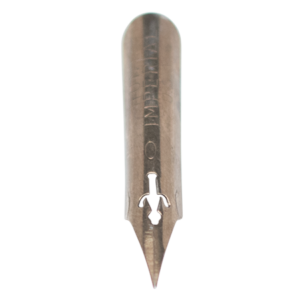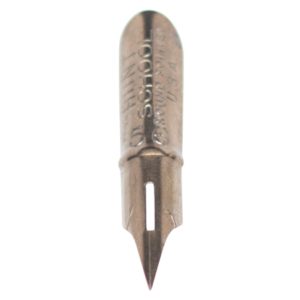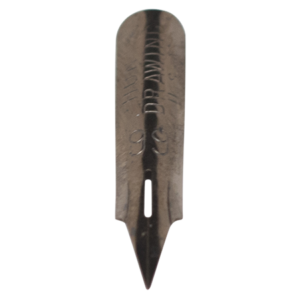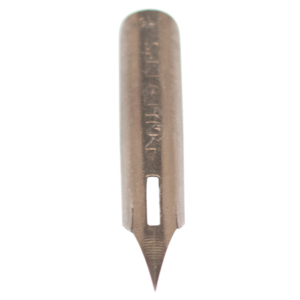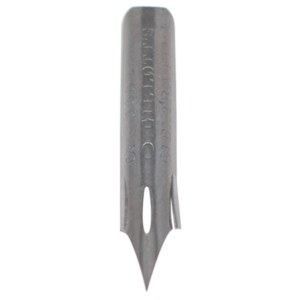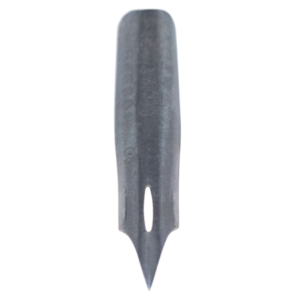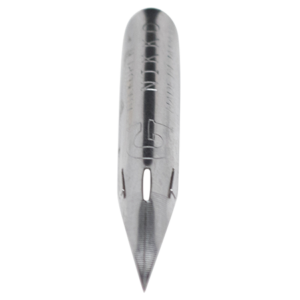Spencerian andCopperplate Calligraphy
Understanding the Difference
Two styles of pointed pen calligraphy that have been enjoying a resurgence in popularity are Copperplate and Spencerian scripts. Unfortunately, these two beautiful styles are a point of confusion for some calligraphers who are at a loss to distinguish between them. We must start by first clarifying the terminology.
Spencerian Calligraphy
In general terms, Spencerian hands utilize delicately shaded lower-case letters. In fact, the shading may be completely absent from some lower-case letters such as the ‘i’. Also, the use of ‘wedge-shaped’ shades for letters for the vertical ascender of ‘t’ and ‘d’ as well as the descender stem of ‘p’ is common. However, there are variants that do not employ this style. See example here.
Purchase Full DVD
History of Spencerian Script
Spencerian script is a script style that was used in the United States from approximately 1850 to 1925 and was considered the American de facto standard writing style for business correspondence prior to the widespread adoption of the typewriter.
Platt Rogers Spencer, whose name the style bears, used various existing scripts as inspiration to develop a unique oval-based penmanship style that could be written very quickly and legibly to aid in matters of business correspondence as well as elegant personal letter-writing. The text in Ford Motor Company’s logo is written in this style, as is the Coca-Cola logo.
Spencerian script was developed in 1840 and began soon after to be taught in the school Spencer established specifically for that purpose. He quickly turned out graduates who left his school to start replicas of it abroad, and Spencerian script thus began to reach the common schools. Spencer never saw the great success that his penmanship style enjoyed because he died in 1864; but his sons took upon themselves the mission of bringing their late father’s dream to fruition.
They did this by distributing Spencer’s previously unpublished book, Spencerian Key to Practical Penmanship, in 1866. Spencerian script became the standard across the United States and remained so until the 1920s when the spreading popularity of the typewriter rendered its use as a prime method of business communication obsolete.
It was gradually replaced in primary schools with the simpler Palmer Method developed by Austin Norman Palmer.
An official recognition by IAMPETH as a uniquely American form, combined with various new books, video tutorials and methods, is making Spencerian more accessible to those interested in learning it. Spencerian script has also seen a resurgence in academic use by some charter schools and homeschooling using revised Spencerian school practice books and learning methods produced by former IAMPETH president, Michael Sull.
Recommended Spencerian Script Nibs
Copperplate Calligraphy
Copperplate is a term that is widely applied to several types of shaded script. Copperplate styles of script include Roundhand, Engraver’s and Engrosser’s scripts. See example here.
Purchase Full DVDHistory of Copperplate Script
Copperplate, or English Roundhand, is a style of calligraphic writing, using a sharp pointed nib instead of the flat nib used in most calligraphic writing. Its name comes from the fact that the copybooks from which students learned it was printed from etched copper plates.
Copperplate script was prevalent in the 19th century but was used as early as the 16th century in Europe. As a result, the term “copperplate” is mostly used to refer to any old-fashioned, tidy handwriting.
This style of calligraphy is different from that produced by angled nibs in that the thickness of the stroke is determined by the pressure applied when writing, instead of nib angle in relation to the writing surface. All copperplate forms (minuscules, majuscules, numbers, and punctuation) are written at a letter slant of 55 degrees from the horizontal.
In Australia in the 1960s, the state of Victoria prescribed a new form of handwriting which lacked the loops and curious capital letterforms that appear in standard cursive to be taught to children in government schools. This “copperplate” is sometimes understood to mean the old-fashioned cursive.
Americans are familiar with Copperplate chiefly because it is the style in which the body of the United States Declaration of Independence is printed.

